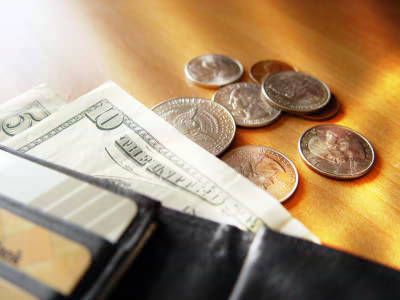Why is Lego so expensive?

In recent years, the building block toy LEGO has gone beyond being just a toy and has also attracted attention as an investment target. News reports of LEGO sets worth hundreds of thousands of yen being stolen and cases of a single mini figure being traded for hundreds of thousands of yen symbolize the value of LEGO in modern times. Latericius, a mail-order site for building blocks, explains why LEGO is so expensive.
7 reasons why LEGO® is so expensive, plus cheaper alternatives – Latericius
Lego is a leading toy manufacturer and has established itself as a premium brand. Like other premium brands such as Apple and Nike, Lego has a pricing strategy that emphasizes high quality and innovation.
A prime example of this is the development of products aimed at adult fans. Until the 1990s, toys were primarily seen as for children, but now, under the slogan 'Adults Welcome,' the company positions adult fans as an important customer group. For example, large-scale sets such as the Millennium Falcon , with over 7,000 pieces, and the Titanic, with 9,090 pieces, are priced at around 100,000 yen, symbolizing this premium strategy.

Our manufacturing processes are rigorously quality controlled, with precise dimensional tolerances of 0.0005 inches and made from ultra-durable thermoplastics to ensure the long-term value of our products.
This high quality standard allows LEGO to achieve compatibility between blocks made 60 years ago and modern blocks, allowing them to fit together perfectly. This is not just a matter of manufacturing precision, but an important feature that allows for the inheritance of value across generations. We also do not forget about environmental considerations. We are actively investing in the development of environmentally friendly alternative materials to ABS plastic for 2030.

An important part of their business model is licensing agreements with popular IP. Collaborations with popular franchises such as Star Wars, Disney, Harry Potter, Fortnite, and Super Mario increase the brand's appeal while also influencing product prices in the form of high licensing fees.

In fact, the price per LEGO part has been stable at about 10 cents (about 15 yen) for many years. However, as sets have become larger and more complex, the total price per set has been on the rise. Since 2020, the number of sets costing more than $300 (about 46,000 yen) has increased, but this is not just a price increase, but a reflection of the growing demand for more complex and elaborate sets.
Another defining feature of LEGO is its strong aftermarket support, offering replacement services for broken or missing parts, and rewarding frequent buyers through the LEGO Insider program. These services are key to supporting the long-term value of its products.
LEGO also has a prominent presence in the collector market. LEGO sets are usually out of production for around two years, and their value over time can be fascinating to observe. A typical set can sell for 50-75% of its original value on the second-hand market, but specific sets or unopened pieces can sell for several times their original price.
In particular, minifigures can be surprisingly valuable, and there have been reports of individual figures being traded for tens or hundreds of thousands of yen. This shows that LEGO products are recognized as collector's items with investment value, rather than simply toys. This pricing strategy and brand building are key factors that have allowed LEGO to survive and thrive in the face of competition and changing popular culture for nearly 70 years.

Related Posts:
in Note, Posted by log1i_yk







